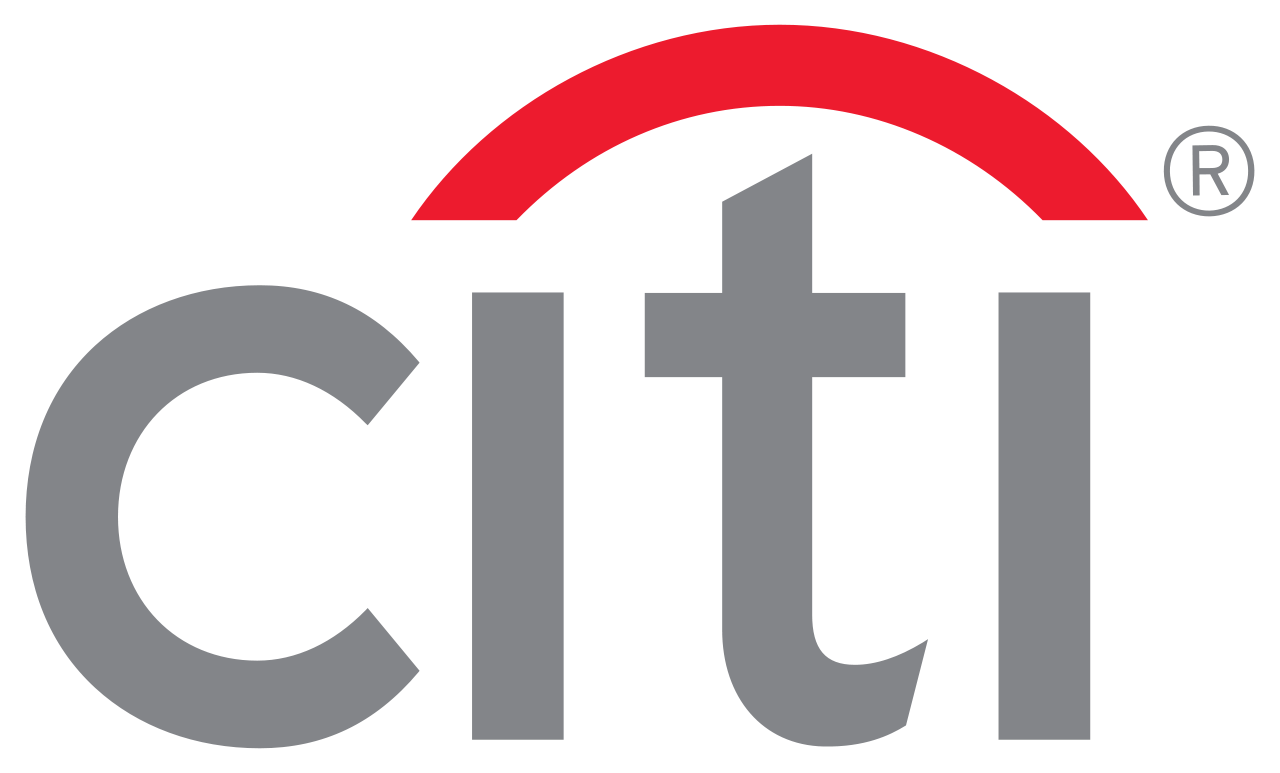Navigating inflation: A new playbook for CEOs
11.05.2022Company: McKinsey & Company, Inc. Prague
Few chief executives have faced the challenge of leading a company through an inflationary spike like today’s. Lessons from strong leaders and bold action can help CEOs make the decisions that only they can make.
Last year, policy makers, economists, and financial-market participants fiercely debated the higher inflation then under way. Was it a transitory problem, caused by dislocations from the COVID-19 pandemic that would inevitably fade, or was it a more fundamental and potentially permanent shift? CEOs told us that they viewed this debate as detached from the business environment in which they operated. For them, higher inflation was already “permanent enough” to start asking whether a fundamental shift in the way they led and managed their organizations was required. We agreed.
In the first months of 2022, it became increasingly apparent that this year and next—and possibly longer—inflation rates well above the approximately 2.0 percent that planners have come to expect (and central banks have targeted) will prevail. The consumer price index rose by 8.5 percent from March 2021 to March 2022 in the United States, a 40-year high, 7.5 percent in the eurozone, and 7 percent in the United Kingdom. Some 60 percent of advanced economies grapple with year-on-year inflation above 5 percent.1 Russia’s invasion of Ukraine, and the resulting disruptions to the energy, agriculture, and minerals markets, have made it likely that inflation will be higher and more persistent than even revised expectations suggest (Exhibit 1).
Exhibit 1

Following a well-established inflation management playbook, central banks worldwide are raising interest rates to temper demand and regularly issuing statements to try and keep in check consumer and business expectations of future inflation. This task is becoming more urgent, as markets now expect inflation over the next five years in the United States, the United Kingdom, and Germany to be 1.5 to 2.0 percent higher than their 2010–2019 average.

Even if the central bankers succeed, progress will take time. Two more years of higher inflation are a long time for business leaders. The ad hoc crisis response that many have been following thus far is reaching the end of its usefulness.
How can CEOs guide their management teams, employees, boards, and a wide range of external stakeholders through this period? For starters, it’s important to recognize that the CEO’s focus cannot be limited to inflation’s implications for profitability. Operating in today’s uncertain environment, with a much wider range of stakeholders, means that leaders must think about performance in much broader terms. The rapid decisions CEOs had to make in recent weeks about operations in Russia is only the latest example of these expanded considerations. CEOs must lead with the complete business cycle and their complete slate of stakeholders in mind. External relations professionals can help stakeholder management, but there are many conversations and decisions where only the CEO can lead.
Like central bankers, CEOs need an inflation management playbook. They can start scripting it by asking themselves and the senior leaders of key operational areas the following questions:
- Where will customers see value in this new environment? How can we design products, services, and experiences to deliver this value?
- What is the fastest way to stabilize and redesign stretched and, in some cases, broken supply chains? What capabilities will I need to increase my company’s resilience and control costs?
- What direction should I give to help procurement leaders create value?
- How is the new talent landscape affecting compensation, benefits, and workplace norms? What can I do to attract and retain employees in today’s shifting labor market?
- How should I pursue repricing in an inflationary environment? How can I form a through-cycle and strategic mindset for my customer relationships?
- How can I set priorities and organize to direct all this activity?
The CEO is an organization’s ultimate integrator. Our research into the behaviors and mindsets of excellent CEOs shows the pivotal role that chief executives play in setting a clear direction, aligning the organization, managing stakeholders, and serving as “motivator in chief.” The best CEOs act boldly, of course, but also operate from core mindsets that often belie the classic image of the hard-charging executive: they approach important decisions by listening first, treat “soft” culture topics as a hard material advantage, empower employees, and ask questions constantly.
In this article, we draw upon our work with hundreds of companies and tap into deep research to construct an inflation playbook that should help CEOs no matter what direction inflation takes. Remember, during the height of the COVID-19 pandemic, companies demonstrated their ability to reinvent themselves more quickly and thoroughly than they had once thought possible. They can do that again.
More information here.
Tags: Economics | Finance | Business Development |








